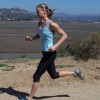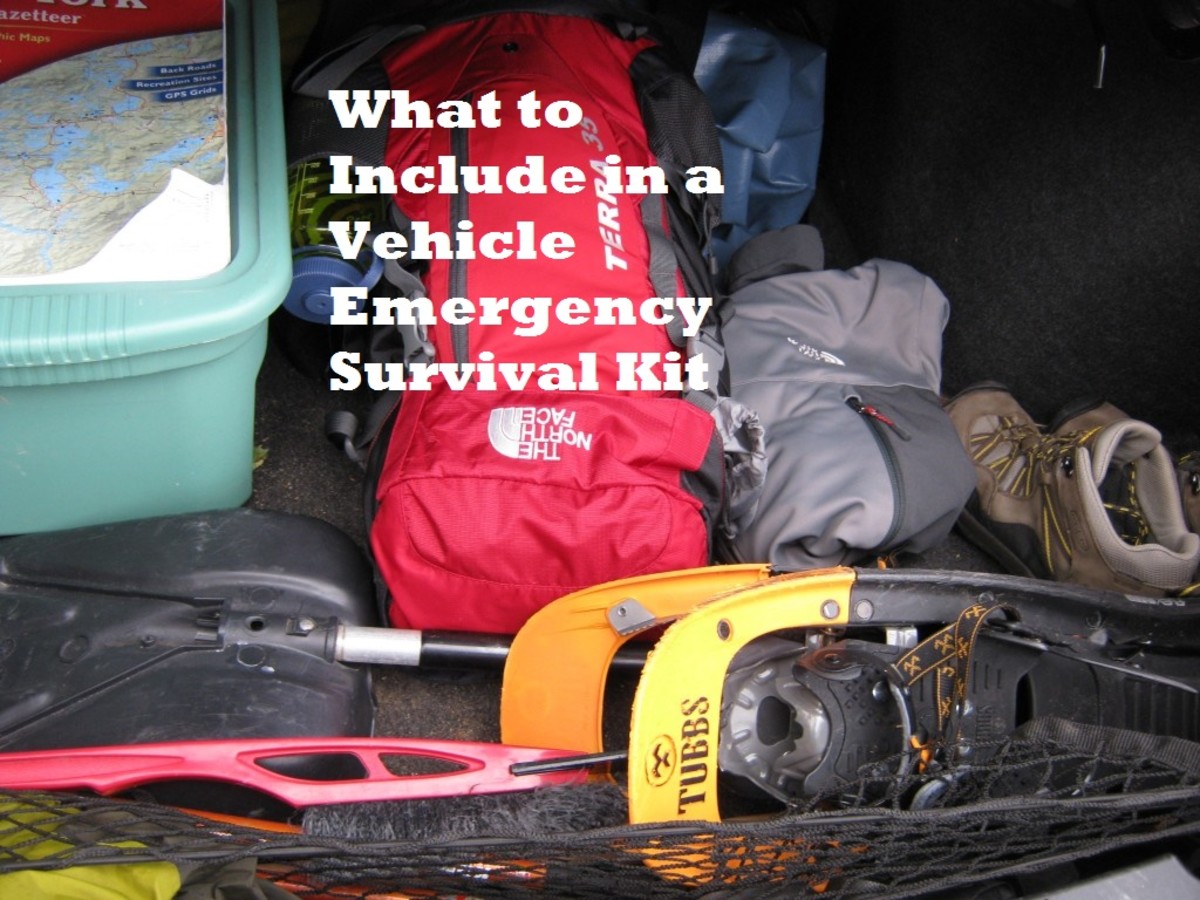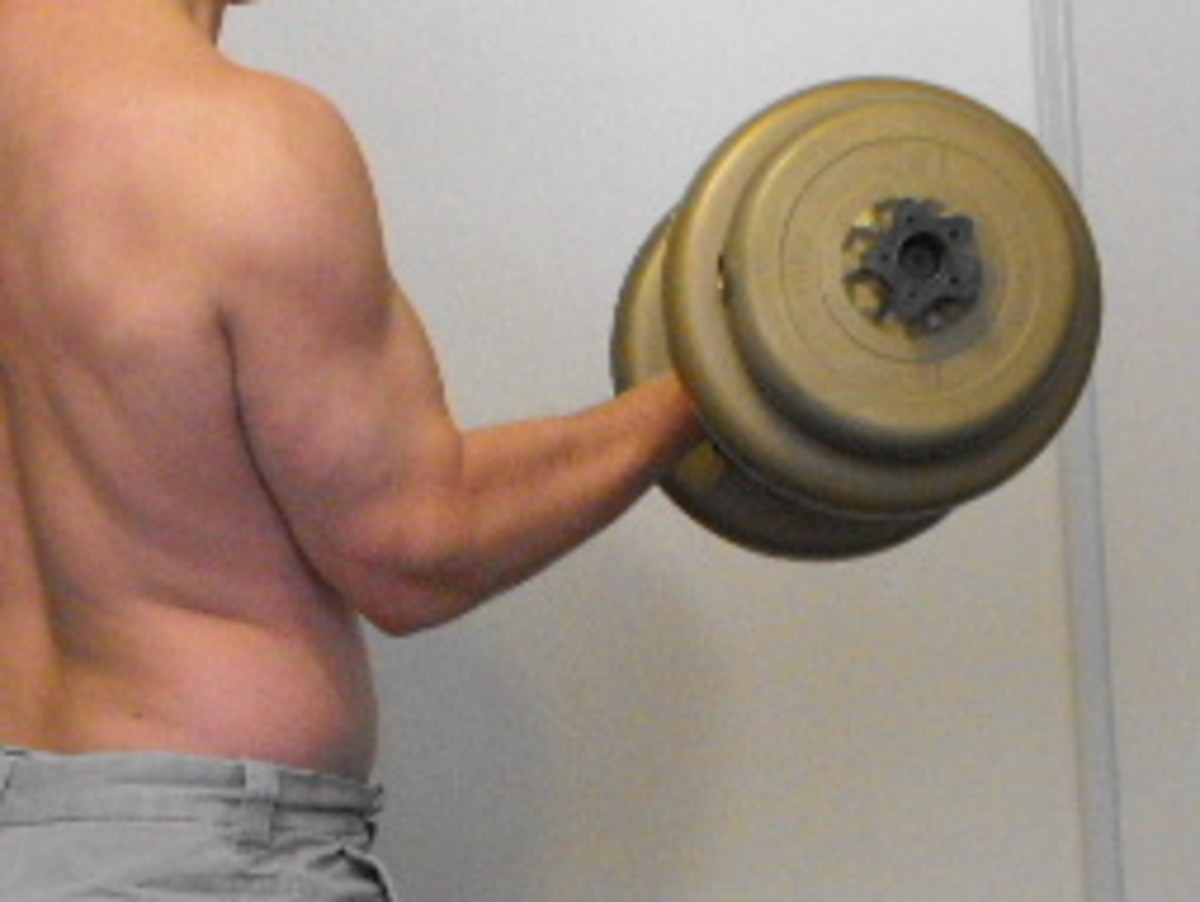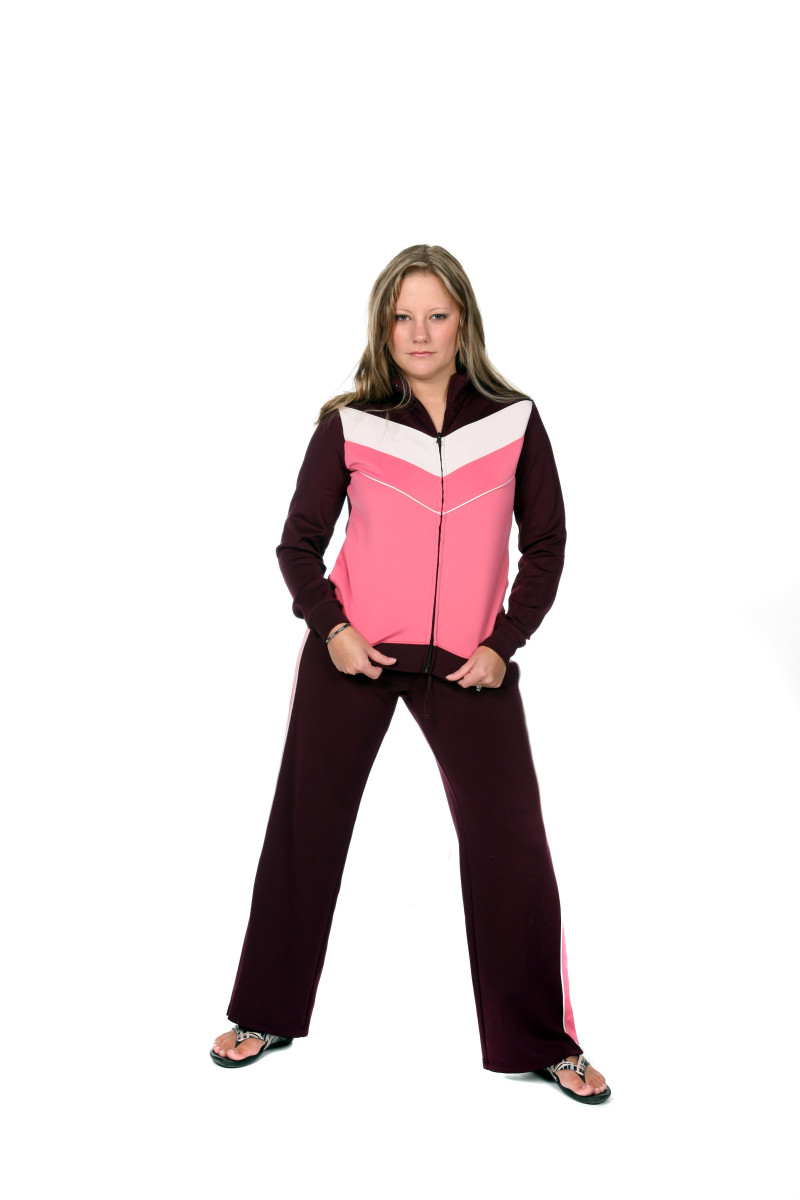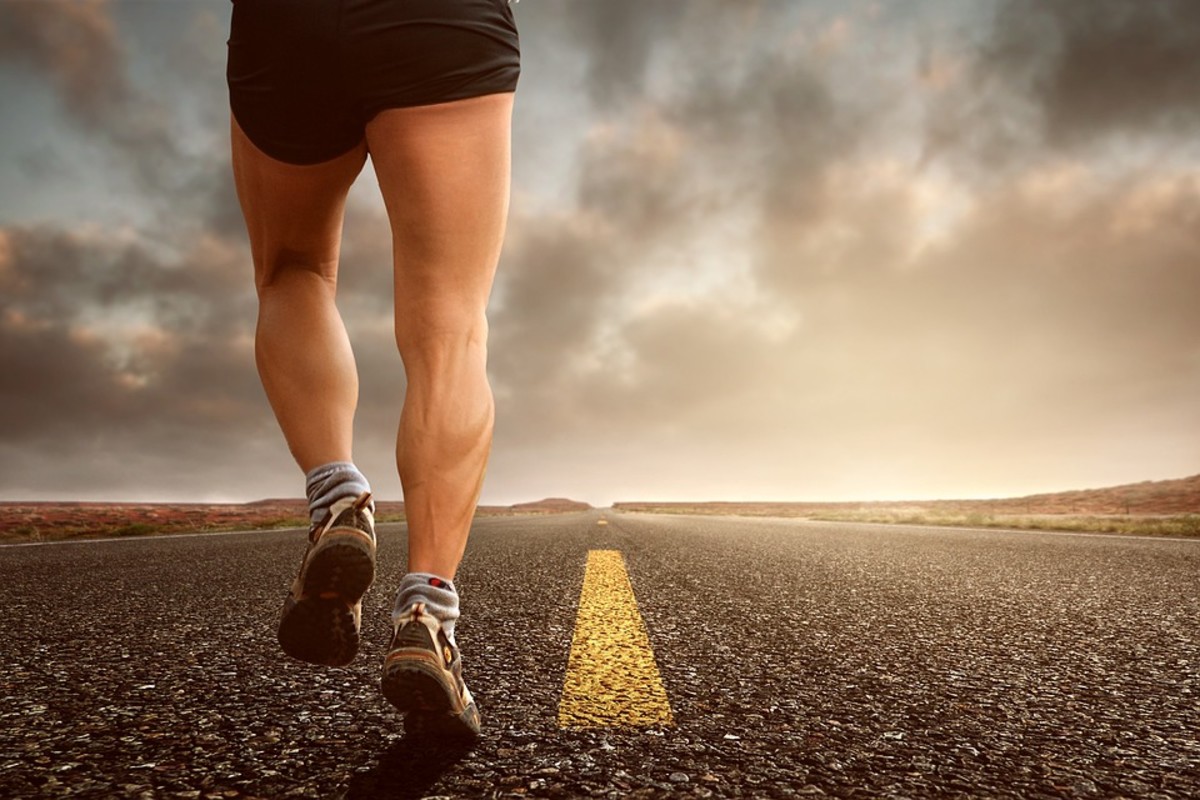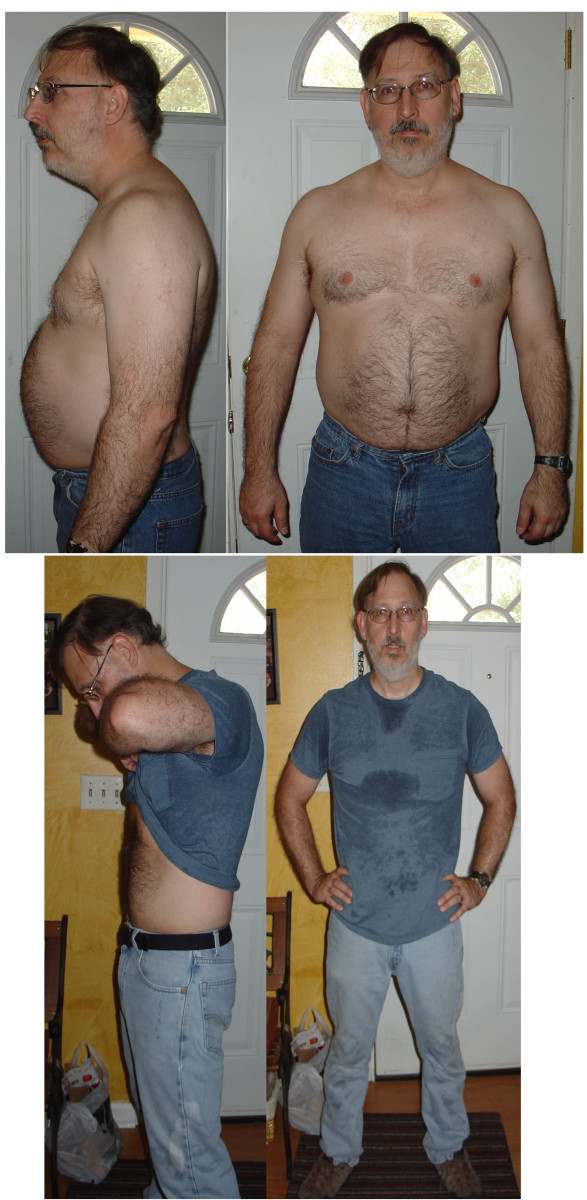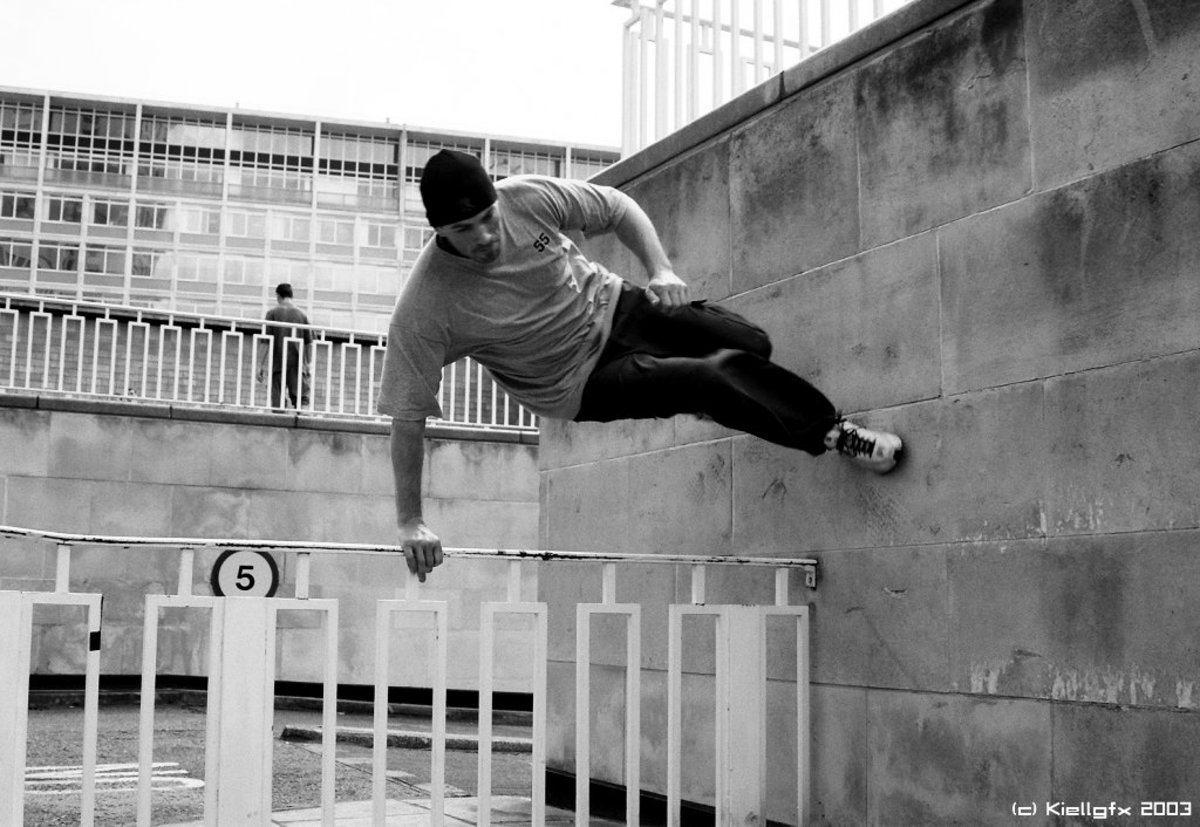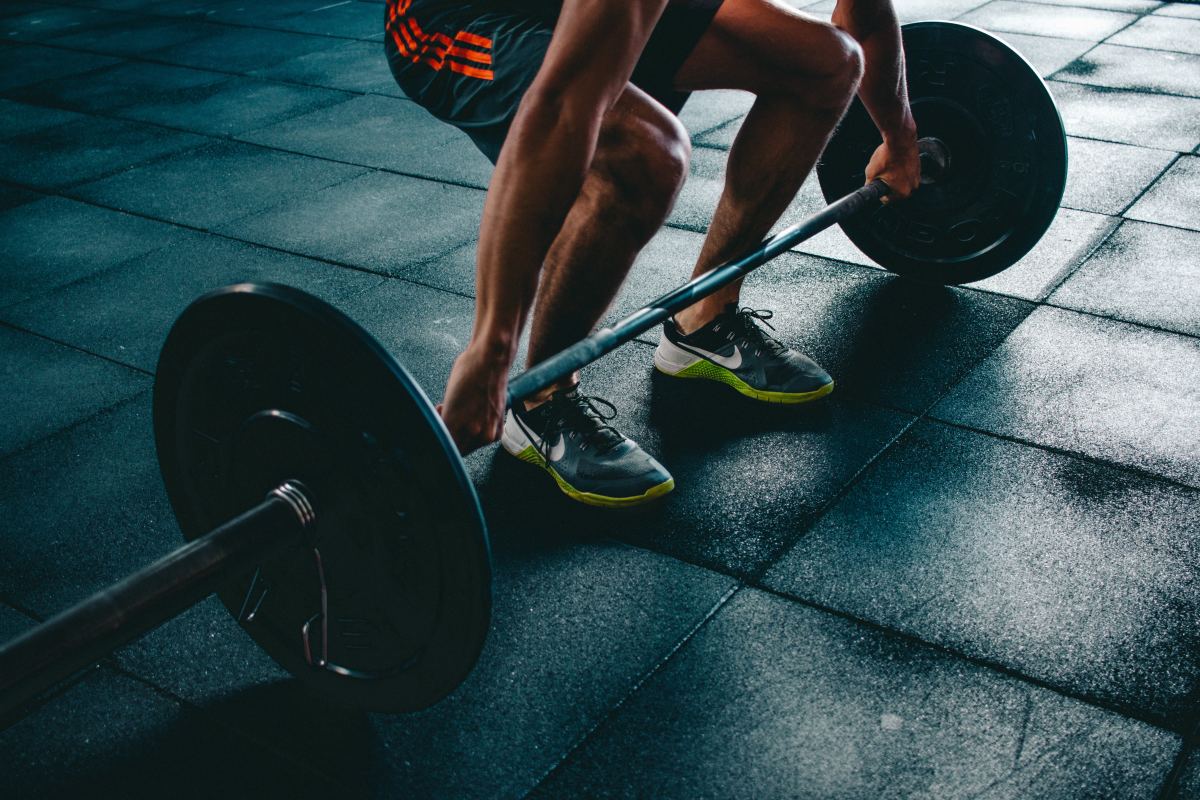Eight Ways to Motivate to Do Your Workout
So you have a goal, or a reason to exercise. Maybe you want to lose weight or body fat, gain strength and fitness, or relieve stress. But, how do you get yourself to do what you promised yourself you'd do, when you just don't feel like it?
Allow me to share a few specific, realistic ways to get yourself out the door - ways to trick your brain into "just doing it."
1. Eat.
Do you feel sluggish when it's time to work out? The first question is, When did you last eat? The simple truth is, you need calories for energy.
The ideal pre-workout meal is a moderately-sized balance of carbohydrates and protein, two-three hours before you start. Life isn't always ideal, though. If you didn't get a chance to eat properly at precisely the right time, try an energy bar one-two hours beforehand, or a sports drink or gel like Gu or Hammer Gel if the workout is less than one hour out.
2. Suit up.
Sounds silly, but it's simple. When you're still in your pajamas, or in your office clothes, it's difficult to feel like going or a run or getting on the Stairmaster. Try reversing the order of things: Put on your workout clothes first. It doesn't matter how you feel now; just put on the clothes. By the time you're tying your shoes or pulling back your hair, you'll find yourself in a different mindset.
Do this enough times, and you'll have a fully-formed Pavlovian response: As soon as you suit up, your heart rate picks up a little, and you start to test that antiperspirant before you even move!
3. Just get out the door.
This is the principle of inertia: A body in motion stays in motion, and a body at rest...you guessed it. Are you procrastinating around the house, or still sitting at your desk, because you just don't feel like starting?
Try tricking your body: Move yourself out the door before you have a chance to think about it, or think of something else to do. I am the queen of doing one more thing - "I'll just start this load of laundry before I go..." Do this, and before you know it, 30 minutes have passed, and you feel even less like working out.
5. Break it down.
Don't think about the whole session, or the whole distance, all at once. Do you think Ironman athletes finish that Herculean event by envisioning 10+ hours of suffering? No way! At the start line, those people (at least the smart ones) are thinking about...the swim. Not even the whole swim, but just the swim start: How they'll run into the water, fight for a spot, and start to find a rhythm.
Visualize only how you're going to start, and then keep your mind in the present throughout the workout. Some people like to cover the readout on an exercise machine with a towel or magazine.
4. Ease into motion.
Many people make this mistake - starting at a full-tilt run, and then feeling like "Whew, I'm done!" five minutes into the session. Of course you're going to blow up if you start too fast!
Instead, ease yourself gently from your sedentary state into motion, by stretching a little, and then just walking, jogging, swimming, etc. slowly for at least a few minutes. Your muscles, tendons and even lungs need a few minutes to loosen up and get ready for the real work. (Serious runners will jog slowly for up to 30 minutes before even thinking about starting a hard interval.)
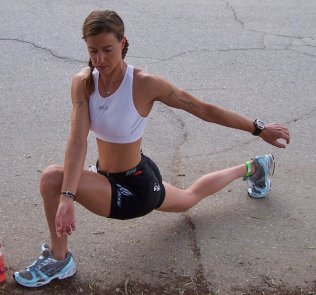
6. Find the optimal time for you.
If you always feel sluggish even after you start your workout, then maybe that's the wrong time for you. I know my overall energy is best between 7:00 AM and noon, and my capacity for high-intensity workouts is at its height at 6:00 PM. (I'm still waiting for the 5:30 PM triathlon!)
Certainly, job requirements can restrict your choices, but if there's any flexibility in your working hours, find the best time window for your energy level. Try exercising, say, at 6:30 AM, lunchtime, and 5:30 PM, and see which feels best.
7. Sleep.
If you feel too tired to work out, chances are, you might be! There are different kinds of "tired" - from tired after working all day, to the deeper, achy fatigue that means you're skimping on Zzzs. The average active person needs to sleep eight hours per night. If you're more active, you could need more. Many professional athletes sleep 10 or more hours or night.
Sleep is the number one method of recovering your body. What's more, if your body isn't getting enough down time, it actually starts to slow down by itself! That's why sleeping too little can keep you from losing unwanted fat or weight; your metabolism starts working against your goals.
My saving grace is the afternoon nap. I know, there isn't always a good time or place to take a nap. But, if you make this a priority, you can find creative solutions. I used to go out to my car just after eating lunch. I had a towel (for shade), sunglasses (for more darkness), and earplugs (because my office parking lot was in the flight path of a naval air station). Technically I wasn't "supposed" to be taking this break, but I rationalized that my nap equaled about one day's worth of smoking breaks (which some co-workers took).
A nap, even a 15-20-minute one, can completely change your mindset and revive your energy level. It has also been proven beyond doubt that napping greatly increases cognitive function and productivity - so my former employer should thank me for keeping myself at my best!
If you're afraid you won't wake up in time, set the alarm on your watch or your cell phone!
8. Get some tunes.
You may already have this one down. But, if you haven't tried using your own music during a workout, give it a whirl. Maybe the music at the gym doesn't resonate with you, but the beat of your favorite tunes will.
A couple of recommendations: If you're like me, you don't want to carry things in your hand, or deal with lots of devices and cords hanging off your person. Oakley Thumps offer a fix for this; they're MP3 players built right into your sport sunglasses.
Now there are players that work under water. I received SwiMP3s as a gift last year, and was amazed at the sound quality, even after your ears fill with water. These options are a little pricey, but are well worth it if you run or swim regularly.
Note: I recommend strongly against using music if you ride your bike on the road. If you must have that beat, then leave one ear open to the sounds of traffic or other cyclists.
